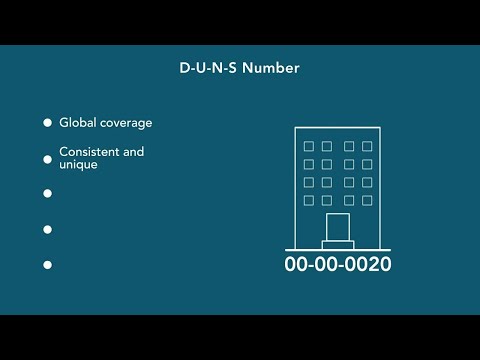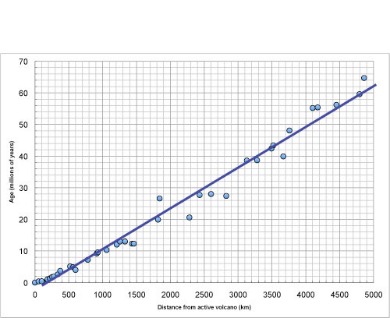
On the other hand, the inventory balance in the periodic inventory system only needs to be updated periodically. That is usually at the end of the accounting period when we need to calculate the cost of goods sold in order to conclude the net income on the income statement. When calculating balances in ledger accounts, one must take into consideration which side of the account increases and which side decreases. To find the account balance, you must find the difference between the sum of all figures on the side that increases and the sum of all figures on the side that decreases. Recall that the general ledger is a record of each account and its balance.
- The buyer has to pay for the goods to be transported from the shipping point.
- This means that the shipping costs stay with the inventory until it is sold.
- These credit terms include a discount opportunity (5/10), meaning, CBS has 10 days from the invoice date to pay on their account to receive a 5% discount on their purchase.
- You can “Fling the Teacher,” “Walk the Plank,” and play “Basketball” while learning the fundamentals of accounting topics.
- In accounting, FOB destination means the seller is responsible for the goods until they arrive at the customer’s destination.
- A variation on FOB shipping point is were the seller for convenience prepays the shipping cost and recovers this from the buyer at a later date.
Larger grocery chains might have multiple deliveries a week, and multiple entries for purchases from a variety of vendors on their accounts payable weekly. Accounts Payable decreases (debit) and Cash decreases (credit) for $4,020. The company paid on their account outside of the discount window but within the total allotted timeframe for payment.
FOB shipping point example
In this journal entry, the freight-in journal entry is separate from the purchase cost of merchandise journal entry. In practice, we usually record only one journal entry in this case. For example, on October 1, the company ABC makes a cash purchase of the merchandise goods that cost $20,000 from one of its suppliers.
However, in this example, the shipping term on the invoice is stated as “FOB Shipping Point”. In the journal entry, Utility Expense has a debit balance of $300. This is posted to the Utility Expense T-account on the debit side. You will notice that the transactions from January 3 and January 9 are listed already in this T-account. Checking to make sure the final balance figure is correct; one can review the figures in the debit and credit columns.
Create a free account to unlock this Template
Freight-in is the cost incurred to ship finished goods to a distributor or retailer. Freight-in is considered a selling expense and is expensed when incurred. Let’s look at the journal entries for Printing key steps for auditing the legal department Plus and post each of those entries to their respective T-accounts. Colfax Market is a small corner grocery store that carries a variety of staple items such as meat, milk, eggs, bread, and so on.
Freight and Logistics Market Size 2023 Updated Report Includes … – Digital Journal
Freight and Logistics Market Size 2023 Updated Report Includes ….
Posted: Mon, 21 Aug 2023 03:19:51 GMT [source]
A freight prepaid specifically indicates who is responsible for the cost of freight and any additional charges incur during shipment. If freight prepaid is specified, it mean that the shipper or the consignor is responsible for the freight. Journal entry for carriage inwards depends on the item and the intent behind its usage. The product may or may not be for resale, the word “Inwards” shows that the cost is incurred while the goods are being brought into the business. As of October 1, 2017, Starbucks had a total of $1,288,500,000 in stored value card liability. Let’s look at one of the journal entries from Printing Plus and fill in the corresponding ledgers.
Summary of Purchase Transaction Journal Entries
In other words, when you are shipping freight to your customers, the cost of making that delivery is an expense that comes out of your ledger as a debit. This is considered a selling expense and is known as freight-out. When you make a purchase and the supplier bills you for shipping, that is referred to as freight-in. Freight-out is considered a selling expense and is expensed when incurred.
This also means goods in transit belong to, and are the responsibility of, the seller. The point of transfer is when the goods reach the buyer’s place of business. Delivery Expense increases (debit) and Cash decreases (credit) for the shipping cost amount of $100. On the income statement, this $100 delivery expense will be grouped with Selling and Administrative expenses. Freight is an expenditure relating to the transportation of goods by any medium like train, ship, road, or aircraft.
Accounting Ratios
Freight-out or delivery expenses generally serve the same purpose and are similar. As a result, the corporation may occasionally report the freight-out cost as a delivery charge instead. Because freight-out is a cost incurred by the firm to assist the sale of its goods, it is usually reported as an item in the income statement’s selling costs column. For example, on August 1, the company XYZ Ltd. made a cash purchase of merchandise that cost $25,000 from one of its suppliers. And in addition to the $25,000 cost of goods, the company XYZ Ltd. also needs to pay an additional $200 as the freight-in cost for the goods to be delivered to its place.

The chart in Figure 6.10 represents the journal entry requirements based on various merchandising purchase transactions using the perpetual inventory system. Both Merchandise Inventory-Phones increases (debit) and Cash decreases (credit) by $18,000 ($60 × 300). On April 1, CBS purchases 10 electronic hardware packages at a cost of $620 each. On the other hand, when the demand for freight services is low, shipping companies will lower their prices in order to compete for the fewer users looking to ship cargo. If the price of fuel is low, road and maritime transport will be cheaper to use, and the benefit will be passed on to the consumer as cost savings. However, if the price of fuel increases, road and maritime transport prices will increase, and the additional cost will be passed on to the consumer.
Terms of the purchase are 5/15, n/40, with an invoice date of July 1. On July 6, CBS discovers 15 of the printers are damaged and returns them to the manufacturer for a full refund. On April 7, CBS purchases 30 desktop computers on credit at a cost of $400 each. Some shipping companies include a fuel cost component in the freight cost pricing model. The cost of road and maritime shipping is dependent on the cost of fuel, and the final cost charged to the consumer must factor in the cost of fuel at the time of shipping. Some of the common modes of transport that can be used include ship, airplane, train, or truck.
MRS Logistics embraces innovation – International Railway Journal
MRS Logistics embraces innovation.
Posted: Mon, 14 Aug 2023 07:00:00 GMT [source]
Shipping companies raise the freight costs charged to their customers to cover expected losses. Other government regulations that may affect freight costs include a ban on night driving, emission tax laws, limiting the volume of cargo that trucks can carry, etc. Journal entry is to debit the freight and credit the payable account. If the payment happens immediately, we will credit the bank account instead of the liability account. Per Modern Rules of Accounting, we can increase expenses and liability by debiting and crediting it in a journal entry. Per Golden Rules of accounting, expenses are a nominal account, and liability is a personal account.
The freight expense account is an income statement account, while the corresponding account is a balance sheet account. Companies applying US GAAP as well as those applying IFRS can choose either a perpetual or periodic inventory system to track purchases and sales of inventory. While the tracking systems do not differ between the two methods, they have differences in when sales transactions are reported.